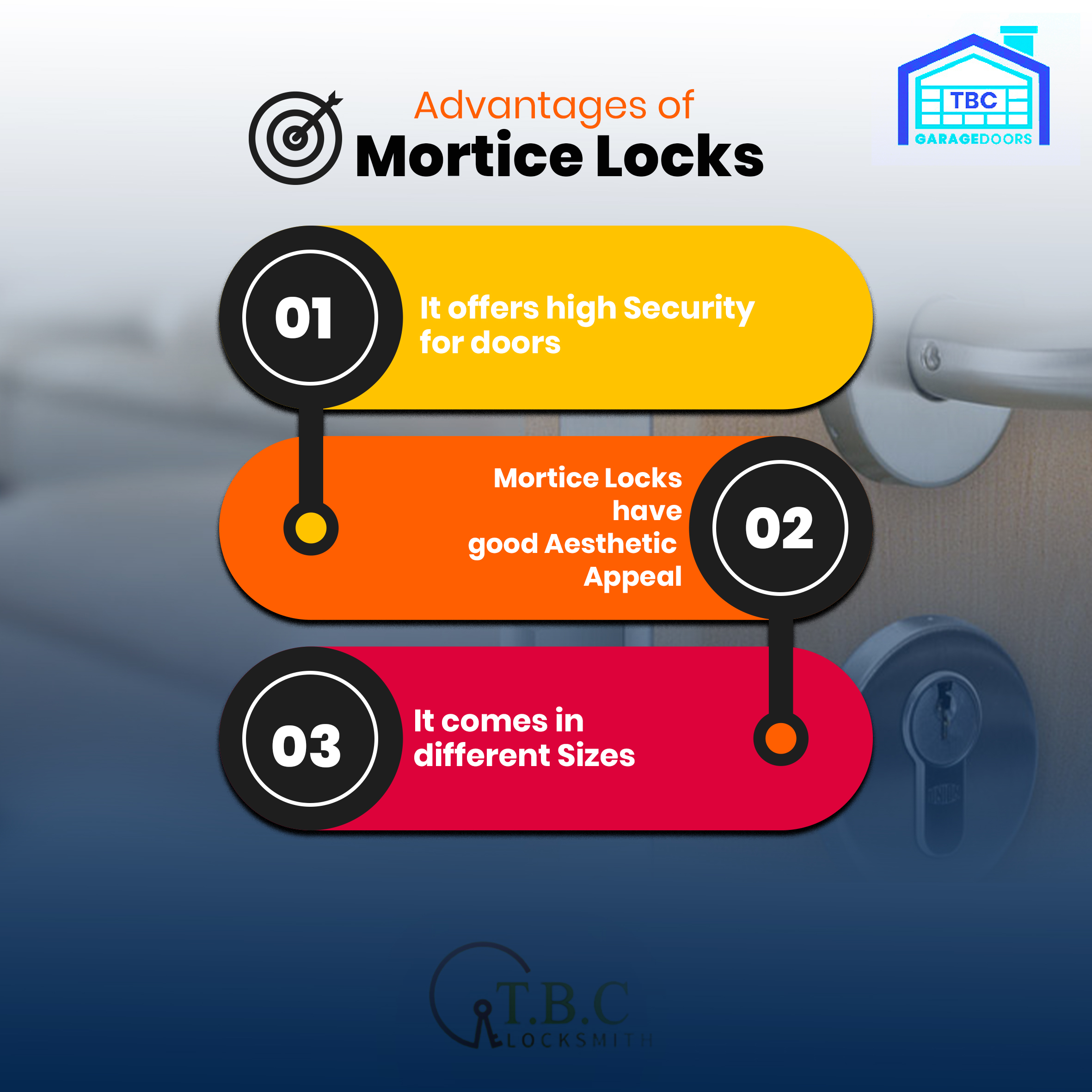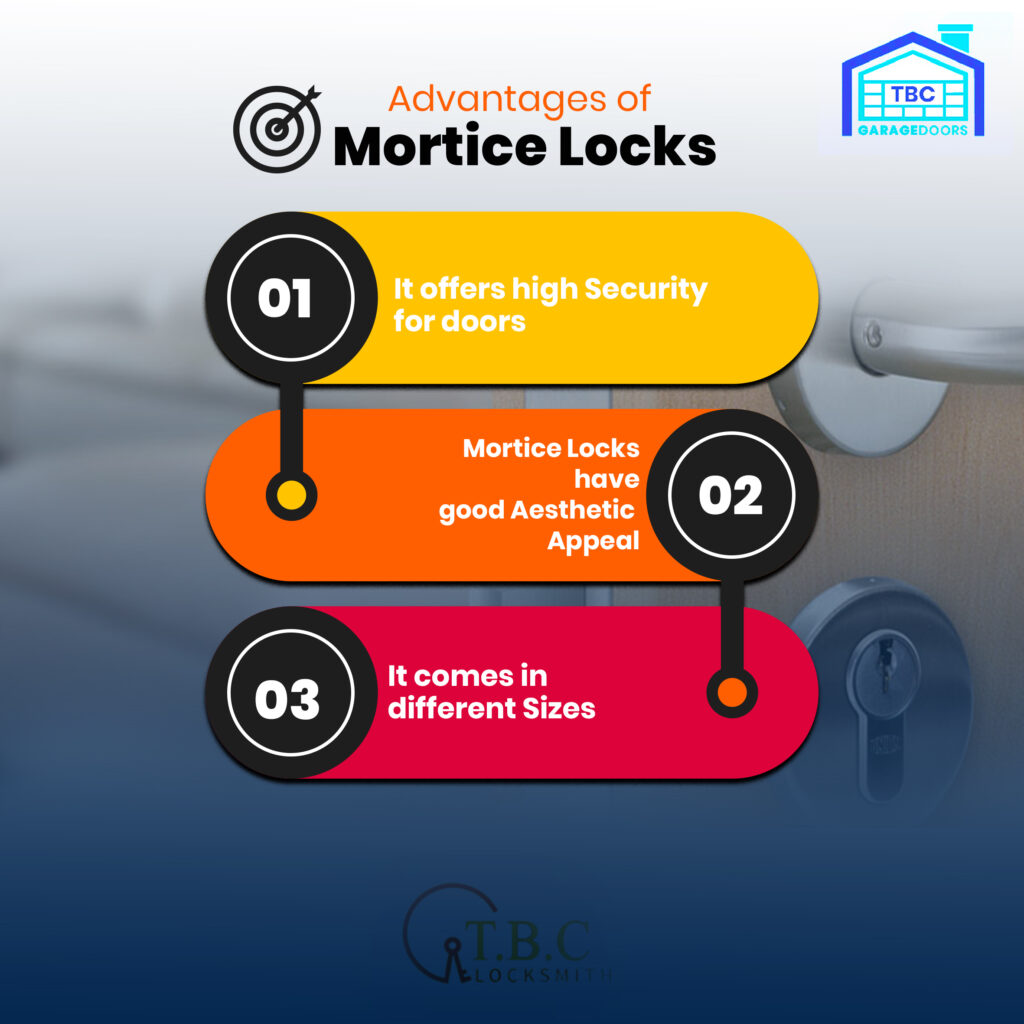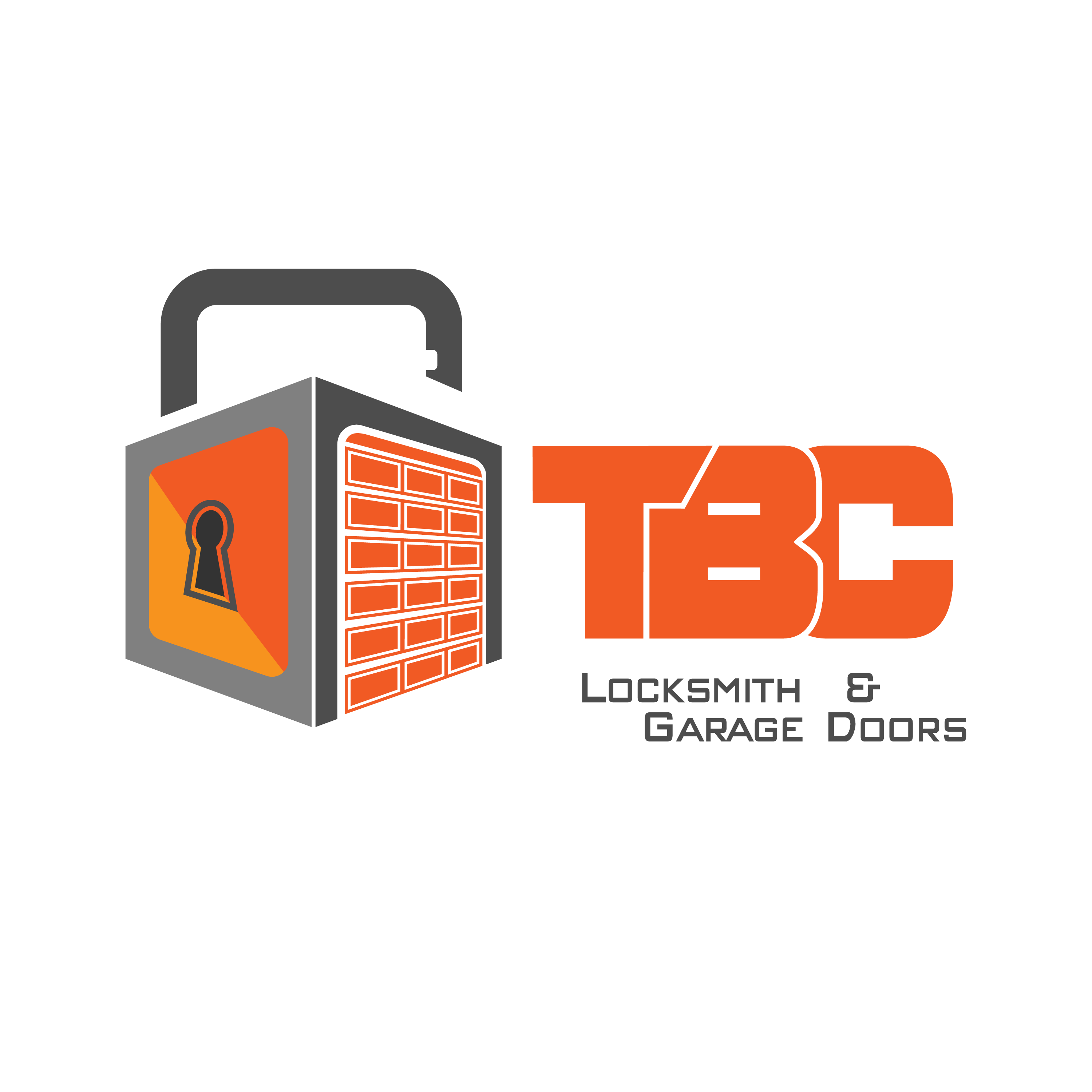
There are several advantages and disadvantages of mortice locks, and we shall highlight them. Mortice locks are installed in the cut-out section of doors instead of being installed through the door on a doorknob. The operating and installation method of mortice locks makes them unique. Understanding the advantages and disadvantages of mortice locks can help you decide whether or not they can offer you what you seek in terms of security, durability, and effectiveness.
What Are the Advantages and Disadvantages of Mortice Locks?
Advantages of Mortice Locks
Like most other locks, mortice looks have their advantages, making it a preferable choice for most homeowners. The advantages of using mortice locks include the following:
It offers high Security for doors
The primary function of a lock is to provide security, and that is what mortice locks offer. It is more challenging for anyone to forcefully open a mortise lock than force open other traditional types of cylindrical locks. This is becauseThis is because mortice locks are fitted into the door and not just on the doorknob. The amount of force it would take to break open mortice look door locks is also much higher even when you use a crowbar.

Mortice locks, therefore, provide added security to your home, which is what all homeowners and occupants want. Mortice locks are designed with dual cylinder variants that allow you to lock your door from the outside. You also have to use the keys on your lock's exterior and interior before you can open your door. The mechanism of mortice locks makes it impossible for anyone to pick the lock.
-
Mortice Locks have good Aesthetic Appeal
Discussing the advantages and disadvantages of mortice locks cannot be complete without mentioning the aesthetic appeal of mortice locks as an advantage. Mortice locks have a good aesthetic appeal that makes your door look more attractive. Mortice locks also offer an antique and classical appearance to your doors, you can find mortice lock sizes and mortice lock handles that you can install to beautify your door entrance.
-
It comes in different Sizes
Mortice lock sizes are different and numerous, which offers you a variety of choices. You can customize mortice locks so that they can perfectly fit into larger or smaller doors. Installing a cylindrical lock on a doorknob may seem odd if it is not the right size. However, mortice lock allows you to customize them to fit into different sizes of doors. The variety of mortice lock sizes also offers you more aesthetic customization in comparison to traditional locks. Installing mortice locks also creates room for the installation of larger faceplates on your doors.
Disadvantages of Mortice Locks
The advantages and disadvantages of mortice locks can be better explained by enumerating the pros and the drawbacks of mortice locks. The disadvantages of using mortice locks include:

-
It may be difficult to Install
Installing mortice locks is more challenging when compared with installing other traditional lock types. The reason for this is because mortice locks are installed in a hollowed section of the door. You have to cut a hollow section of your door, and this process may be time and energy-consuming instead of placing the locks directly on the surface of the door for traditional locks.
Installing mortice locks may require the door to be of a particular thickness before installation can be possible. You definitely cannot install mortice locks on every door since some doors are thin and may not allow you to cut a hollow section to install a mortice lock.
-
It may be difficult to open when a key is behind the door
Mortice locks may be difficult to open especially when you have a key stuck behind the door. it can be frustrating when it happens and you might need a professional locksmith to help you open the lock without damaging it.
Advantages and Disadvantages of Mortise Lock Types
We have earlier discussed the advantages and disadvantages of mortise locks in general. Let us consider the advantages and disadvantages of mortise lock types. There are different types of mortice locks, and each of them has its highpoints and drawbacks. The following are types of mortice locks and their pros and cons:
1. Domestic Mortice Locks
Domestic mortice locks are regarded as old-fashioned types of mortise locks, although they are still used today. They are also called jailers or skeleton keys. The drawback of using this type of mortice lock is that the low level of security it offers. Domestic mortice locks have fewer locking combinations with a single lever in the lock, making them less secure. Another disadvantage of mortise locks is that they cannot be rekeyed. The only highpoint of this type of lock is that it is cheaper when compared to other advanced mortise locks.
2. 60mm backset Lockwood mortise locks
Lockwood mortise locks are the most common types of mortise locks you can find in most hardware stores. You can set up this type of mortise lock for various applications and functions, such as the egress function used in fire exit doors or schools with a high population. They are used on doors with a lever-action to ease exit in case of a fire emergency. Lockwood mortise locks are used with a commercial and fire-rated lever to change to suit different types of commercial applications. The drawback of this type of mortice lock is that they are more expensive and challenging to install.
3. Euro-style mortice lock
The Euro-style domestic mortice locks are designed with a special cylinder and have several faceplate and backset sizes. They are also compatible with different mortice lock handle styles, although it is essential to choose a mortice lock handle with the right pitch size. The advantages of using this type of mortice lock are that it is designed with a double-through mechanism that allows you to turn the key lock twice as you lock your door.
You can also easily rekey this type of mortice lock to allow you to use your existing locks. The disadvantage of using this type of mortice lock is that you won't be able to open the lock from outside if you leave a key inside the lock while it is engaged. It could cause you to lock yourself out.
Difference Between Mortice Locks and Deadlock
There is a difference between mortice locks and deadlocks, although most people do confuse both lock types. You can operate a mortice lock using a mortice lock key, unlike deadbolts that can not be operated with a key. Once you turn a mortice key, you will require the key to reopen the lock.
You have to be careful when using mortise locks to get locked out if you forget a key inside the lock or misplace your key. Another difference between and deadbolts is that mortice locks are used for commercial locations that require a high-security level, while deadbolts are common for residential buildings.
You can use deadbolts alone or integrate them with a traditional door lock. You can throw a deadbolt from inside by turning a knob or open it from outside using a key. In terms of the installation process, it is easier to key a deadbolt than keying mortice locks. For the level of security both key offers, it may b difficult to make a choice. However, deadbolts are more suitable for regular homes because they are easier to lock from outside. In contrast, mortise locks are suitable for homes in neighborhoods with high crime rates or homes with many valuables.
Advantages and Disadvantages of Mortice Lock Keys
Mortice lock keys are great to have because it allows you to easily unlock your mortice lock from both outsides or inside your home. However, the drawback of mortise lock keys is that you may get locked out if the key is stuck inside the lock from behind.
How to Replace Mortise Locks
You can carry out mortice lock replacement if you have the right tools and expertise. The first step to do this is to open your door and unscrew the screws holding the metal cover to the mortice lock. You should then remove the mortise lock handles, after which you should take out the spindle. The spindle is a metal bar that fits the handle to the lock. Take out the screws holding the lock into your door, and then remove the lock from your door.
The next step is for you to replace the mortise lock. The new lock you are replacing may look smaller or bigger than the old lock, and that may be because of the age of the lock as mortice locks are durable. If you notice that the new lock is too big to fit into the hollow section, you should cut out some wood using a mallet and a chisel.
Before you fit in the latch, ensure that it is well-positioned, and you can do this by undoing or adjusting some screws. Once that is done, you should screw the lock in place. The next thing is to place the spindle through the lock to the other mortice lock handle, then ensure that both handles fit perfectly. You can turn the handle to be sure it is well placed.
Conclusion
We have listed the various advantages and disadvantages of mortise locks and the highpoints and drawbacks of specific types of mortise locks. Mortise locks offer a high level of security and are suitable for commercial buildings and homes. Carrying out mortice lock replacement or installing a mortice lock for the first time may be difficult for someone who has no experience or the right tools. You may have to contact a professional locksmith to help you cut a hollowed section in your door and fix the mortice lock perfectly.
